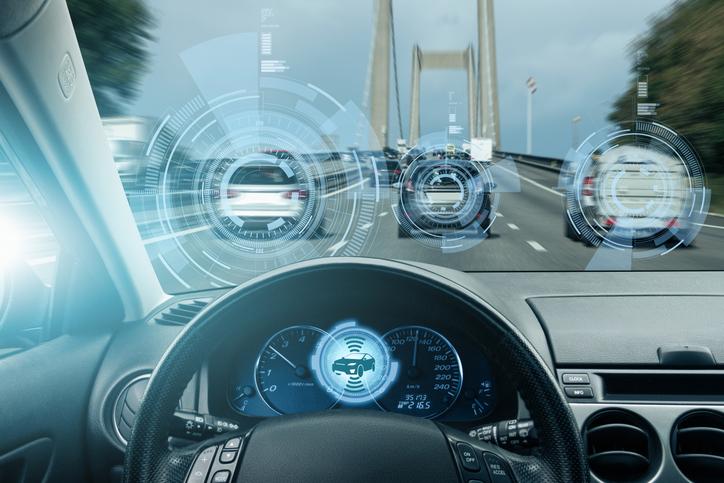

(844) - 444-4444

As technology continues its march toward “driverless” cars, the list of people and companies who may be legally liable for accidents involving such vehicles – and who may be obligated to pay for damages when they crash – appears to be growing. Possibilities include:
Though there aren’t yet any fully driverless cars in the United States, SAE International, formerly known as the Society of Automotive Engineers, recognizes six levels of automation:
When a partially automated vehicle is involved in a motor vehicle crash that causes personal injury, it is natural to want to examine whether a semi-autonomous feature caused or contributed to the crash. New York law requires vehicle operators to comply with the rules of the road and exercise reasonable care under the circumstances. Generally speaking, this duty of reasonable care cannot be completely negated or excused due to advanced car technology. The driver remains behind the wheel and is ultimately responsible for the vehicle’s operation.
The driver is ultimately responsible for a car’s safe operation and must always remain alert.
Advanced driver-assistance system technology, or ADAS – designed to correct for human error by controlling a vehicle’s steering, acceleration, and deceleration – can potentially save lives and reduce the risk of injury by sensing impending crashes in real time and either alerting the driver or taking automatic response to avoid collisions.
But what if an accident does happen and someone gets hurt or killed? There is no question that, as years go by and vehicles move closer and closer to high or full automation, determining the actual and legal cause of some car accidents will get more complicated. As reported in a previous blog entry, the Brookings Institute predicts increased vehicle automation will “complicate the … entanglements between insurance providers, plaintiffs, drivers/owners named as defendants, and manufacturers.”
An article in the University of Illinois Journal of Law suggests that manufacturers of autonomous technology should be held liable for accidents that happen in autonomous mode but that liability should “shift back” to the driver depending on how able he or she was to prevent the accident. Only time will tell as this unprecedented technology starts to occupy roadways and the legal landscape develops and changes. Our attorneys will keep an eye on this evolving area of law as it develops. Public policy questions of liability must be resolved before truly “self-driving” cars are widely available to the public.
Though fully autonomous vehicles appear to remain far off, manufacturers are making steady technological progress, and the public’s anticipation of driverless cars is growing.
Driverless cars, it is hoped, will lower the number of accidents caused by distracted driving. In 2019, more than 3,100 people died and 424,000 were injured because of distracted driving, according to the Centers for Disease Control and Prevention.
Safety features in autonomous cars have proved effective in reducing the number of crashes and saving lives. More than nine out of 10 motor-vehicle accidents involve human error, according to government statistics.
According to the National Highway Traffic Safety Administration, drivers must remain engaged and attentive, even in a car with the most advanced technology.
If you’re involved in an accident with a vehicle that has semi-autonomous features, an experienced attorney can help you identify potentially liable parties.
For example, as explored above, some partially autonomous cars require the driver to take control under certain conditions, upon being warned by an alert. A motorist who fails to take control when alerted may be found at fault if an accident occurs.
If you’ve been injured in an accident involving a semi-autonomous car, please do not hesitate to contact the law offices of William Mattar, P.C. Our experienced personal-injury attorneys can help you navigate the complexity of a case and obtain maximum compensation for your case. Call 844-444-4444 or fill out our online form for a free initial consultation.





